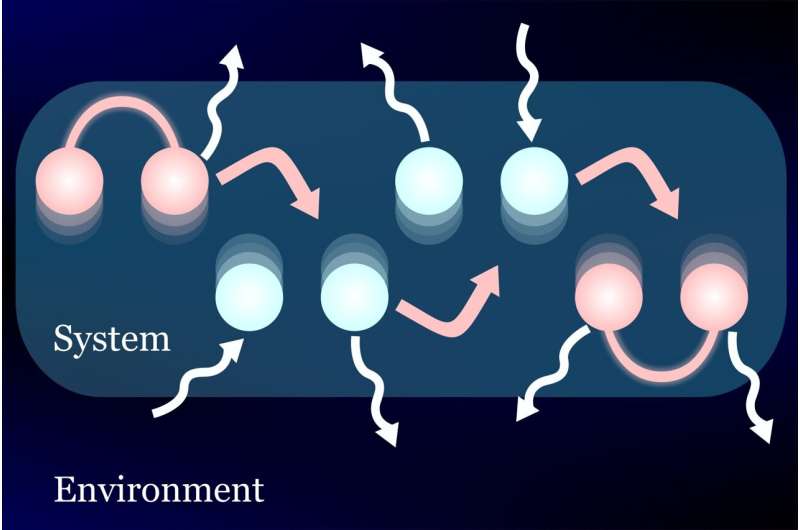Innovate UK, in partnership with the Department for Transport, has announced the latest group of projects to receive funding from the Future Flight Programme.
The programme encourages the innovative use of aviation technologies to support a variety of challenges in the UK, including:
- medical supply chains
- protecting national infrastructure
- agricultural restoration
Project ambitions
Eight of the projects are for strategic growth, to demonstrate progress towards commercialisation.
These focus on real-world operations proving use cases in a variety of sectors, from agriculture to healthcare and provide tangible insights to support regulatory development in key areas.
Six of the projects are regional demonstrators, which have been funded to enable local areas across the UK to plan for the adoption and integration of drones.
This includes passenger carrying eVTOL (Electric Vertical Take-off and Landing) and zero emission conventional aircraft.
[…]
Full list of funded projects
Strategic Growth projects
Advanced Logistics BVLOS UAV Mission (ALBUM)
Partners include:
- ARC Aerosystems
- Highlands and Islands Transport Partnership
- Acroflight
- Scubatx
This project will test a large, uncrewed aerial vehicle (UAV) in Beyond Visual Line of Sight (BVLOS) operations.
This was a key step towards commercialisation of ARC’s heavy cargo for mid-mile logistics with up to 100kg payload and flying long distances of up to 400km.
It aims to revolutionise logistics and medical transport in remote areas, such as the Scottish Highlands and Islands.
ALIAS II: Regulatory Policy Concepts Enabling Integrated Traffic Management (ITM)
Partners include:
- Volant Autonomy
- Snowdonia Aerospace Centre
- Planefinder
- Draken Europe
- DroneCloud
This project aims to demonstrate an ITM system that will allow drones, air taxis, and traditional crewed aircraft to safely operate together in the same airspace.
It will use a combination of simulations and real-world flight trials of an advanced Detect and Avoid capability at the Snowdonia Aerospace Centre.
Beyond Restoration
Partners include:
- Autospray Systems
- National Trust
- Woodland Trust
- North Pennines National Landscape
- Skypointe
This project aims to deploy a fleet of drones to apply lime, native seed mixes, fertiliser and tree seeds across ecologically significant sites in England, Wales and Scotland.
It offers an innovative, scalable alternative to manual spreading, using heavy-lift drones operating BVLOS to deliver restoration materials over remote and degraded land.
Containment with Confidence
Partners include:
- Flare Bright
- RPAS Heroes
- National Gas Transmission
- Satellite Applications Catapult
This project aims to help National Gas improve how it monitors the safety of its pipelines by replacing periodic helicopter inspections with a more efficient and environmentally friendly drone-based system.
By moving from helicopters to BVLOS drones, this project will enable National Gas to reduce its carbon emissions and demonstrate that drone-based systems can be harnessed to improve UK energy security and infrastructure monitoring.
“Dragon’s Heart”: A Welsh Medical Drone Delivery Network (MDDN)
Partners include:
- Snowdonia Aerospace
- Volant Autonomy
- Skyports Deliveries
- SLiNK-TECH
This project is building a Welsh MDDN to increase NHS operational flexibility and improve connectivity for all health and social care providers across Wales.
Drone as a First Responder
Partners include:
- Idroneinnovations
- SLiNK-TECH
- Leading Edge Power
- Thames Valley Police
- Hampshire and Isle of Wight Constabulary
This project is developing advanced automated drone systems to improve the safety, speed and cost efficiency of infrastructure inspections, emergency response and public safety operations.
Its modular, adaptable platform will help organisations such as emergency services and infrastructure operators integrate drones into routine workflows more easily.
London Health Bridge Growth
Partners include:
This project is an expansion of an existing medical drone delivery service trial, aiming to significantly increase the number of medical samples delivered by drone and create a multi-site logistics network for the NHS.
Scaling BVLOS Operations for Critical National Infrastructure (Project SOCNI)
Partners include:
- DroneCloud
- NATS
- Network Rail
- Transport for Wales
- Railscape
- British Transport Police
This project will create a structured approach to designing, deploying and testing safety mitigations across national infrastructures, to improve incident management and asset inspection in a real-world rail environment.
Regional Demonstrator projects
Future Air: Southwest
Partners include:
- Daedal Research
- Somerset Council
- Isles of Scilly Skybus
This project aims to overcome the significant obstacles to using eVTOLs and Zero Emission Conventional Take-off and Landing for commercial purposes.
It will look at all the challenges at once, including those related to regulations, how the aircraft are operated, the money needed, and social acceptance.
By simultaneously evaluating the full range of challenges, it will develop solutions that enable scalable BVLOS drone capabilities.
OXCAM AAM Corridor
Partners include:
- Skyports Infrastructure
- Bristow Helicopters
- NATS
- Vertical Aerospace Group
- Oxfordshire County Council
This project aims to demonstrate the commercial and operational viability of Advanced Air Mobility (AAM), like passenger and cargo services using eVTOLs, between Oxford and Cambridge.
This will test and identify real-world, commercially viable uses for this new technology, addressing the social and economic needs of the area.
The project will culminate in live demo flights of Vertical Aerospace’s VX4 aircraft from Skyports’ Bicester Vertiport.
Regional Offshore Cargo Drone Demonstrator
Partners include:
- Flowcopter
- AYR Logistics
- Angus Council
This project aims to demonstrate how a new heavy-lift drone can be used for logistics and maintenance at offshore wind farms.
The project tackles a major problem for the wind energy industry which is the cost and difficulty of transporting equipment in bad weather.
By using a heavy-lift drone, the project will provide a safer, faster, and cheaper alternative, which is crucial for the efficient operation and maintenance of the UK’s offshore wind farms.
Project RESCUE
Partners include:
- Somerset Council
- Limosaero
- Land and Minerals Consulting
This project is a collaboration between Somerset Council, emergency services and specialised drone companies.
Its main goal is to develop a minimum viable product for a sustainable drone-based service.
The project will focus on environmental monitoring to allow for rapid response to critical weather events.
Testing in real-world scenarios, including monitoring floods and assisting with search and rescue operations.
SATE: Highlands and Islands Regional Pathway to Sustainable Aviation
Partners include:
- Highlands and Islands Transport Partnership
- University of the Highlands and Islands
- Urban Foresight
- European Marine Energy Centre
- Windracers
- Skyports Deliveries
- Hybrid Air Vehicles
- Streamline Shipping Agencies
- Cormorant SEAplanes
- Cranfield Aerospace Solutions
- Loganair
- Regional and Business Airports Group
- Shetland Islands Council
This project will develop a Regional Sustainable Aviation Strategy that outlines a clear roadmap for how new technologies can be put into service in the area.
It will not just focus on the technology itself but will also calculate the financial and social benefits that better air connectivity will bring to the region.
Project URBAN ASCENT
Partners include:
- Coventry City Council
- Skyfarer
- Coventry University
- SLiNK-TECH
- Manufacturing Technology Centre
- Altitude Angel
- Odys Aviation
This project, based in Coventry and the West Midlands, aims to create a scalable plan for integrating drones and eVTOLs into UK cities.
By addressing the challenges of integrating drones and air taxis into a complex urban environment, it will lay the foundation for new services that can provide significant economic and social benefits.
This includes faster and more efficient transport of goods and people within cities.







